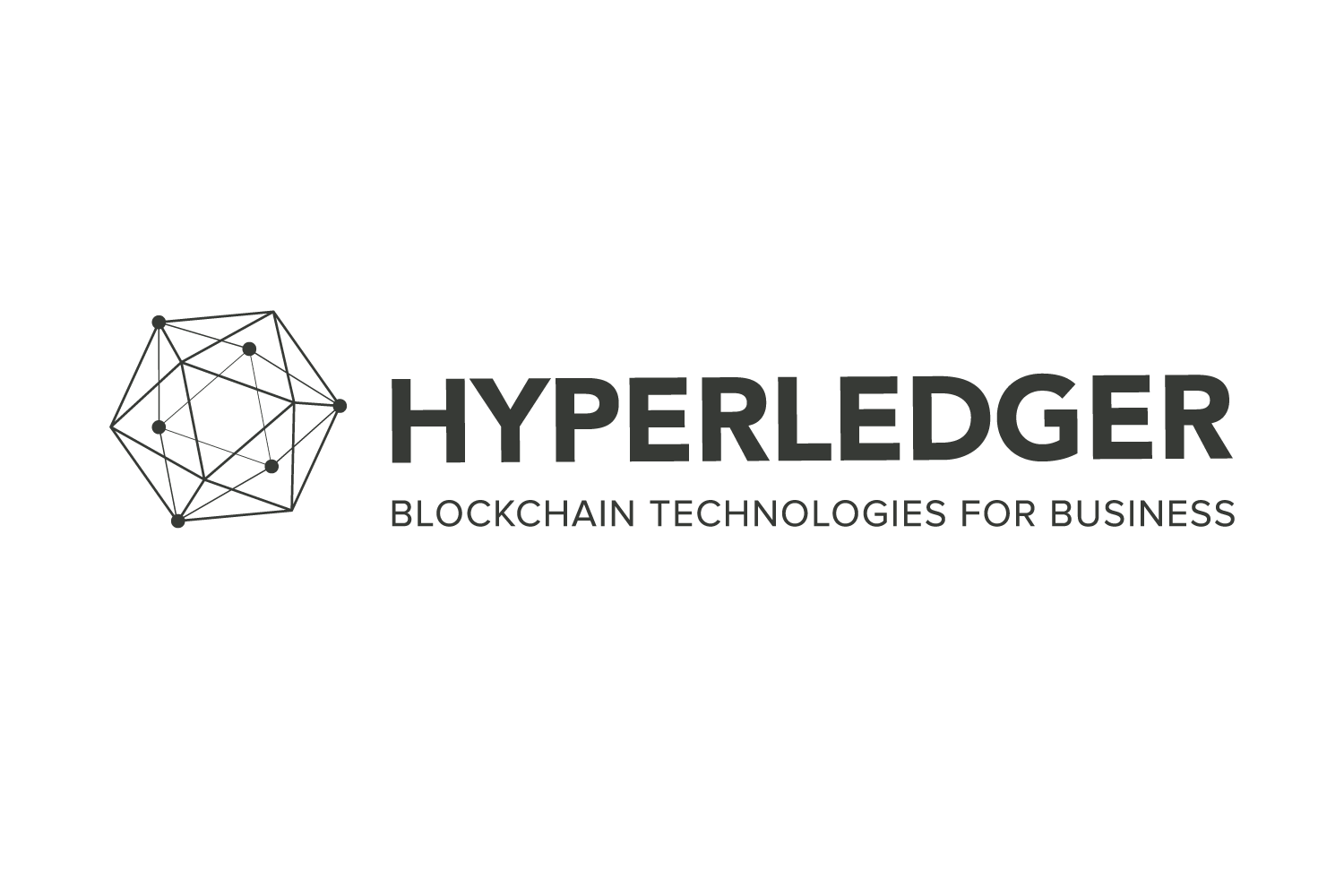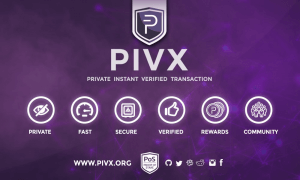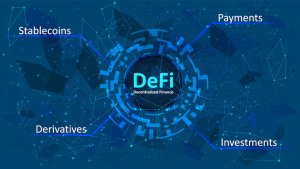Blockchain is the future. Yes, the technology powering cryptocurrencies has incredible potential to change how institutions and industries work – and our very lives. When you’re talking about radical transparency in supply chains, no more annoying red tapes, and contracts without a horde of lawyers – you’re talking about blockchain technology.
These are just examples of what blockchain is capable of. It’s a revolutionary technology that could be used for good. And no entity or organization recognizes this more than Hyperledger – a global coalition of forward-thinking organizations whose aim is to advance blockchain.
It’s one of the most exciting organizations in the blockchain sphere – and whose work is incredibly important. But what is Hyperledger? Let’s dissect everything about it – from members to its architecture to its exciting projects, to companies that are already utilizing its platform.
What is Hyperledger?
Hyperledger is an umbrella network of institutions that seeks to support the collaborative development and improvement of distributed ledger systems so that they can support global business transactions. The project was founded by the Linux Foundation in 2015, with the founding members announced in February 2016. Hyperledger calls its design ‘’The Greenhouse for Enterprise Blockchains” – as it aims to incubate and develop practical blockchain-based solutions and applications to today’s challenges
The project is backed by a global alliance that includes over 200 leading organizations from the blockchain technology, finance, technology, software, academia, system integration, manufacturing, Internet of Things (IoT) and more fields. They include big names such as Accenture, Airbus, American Express, Cisco, Consenys, SAP, Huawei, Samsung, Microsoft, Oracle, Ripple, YaLE, UCL, University of Cambridge, and more.
The Hyperledger Architecture
Hyperledger’s architecture utilizes the following business components:
☑️ Consensus layer – which deals with creating agreement on the priority of transactions, as well as the accuracy of transactions contained in a block
☑️ Smart contract layer- which takes care of processing transaction requests and authorizing valid transactions
☑️ Communication layer – which deals with peer-to-peer communications
☑️ Identity management service – the function that maintains and validates the identity of users and maintaining trust on blockchain
☑️ API (Application Programming Interface) – a software that facilitates external applications and users’ interaction with the blockchain.
What Hyperledger Is Not
When talking about Hyperledger, it’s important to get it right about what it’s not. Hyperledger is not a company, a cryptocurrency, or a blockchain. Hyperledger is something of an open hub for pushing enterprise blockchain development. The platform does not endorse any cryptocurrency. Its focus is on blockchain technology and how to harness it for the good of the world.
Its website tells us: “Not since has the web itself has a technology that promised broader and more fundamental revolution than blockchain technology. Blockchain can be used to build a new generation of transactional applications that establishes trust, accountability, and transparency at their core, while streamlining business processes.”
Hyperledger wants to ensure that blockchain thrives, stating, “Only an open-source, collaborative software development approach can ensure the transparency, longevity, interoperability, and support required to bring blockchain technologies forward to mainstream adoption.”
In short, the project is about bringing minds and brains together to further the blockchain idea. It’s not about commercial incentives or a get-rich scheme. That’s why Hyperledger has no plans for developing a cryptocurrency. Executive Director Brian Behlendorf made this clear from the start, saying, “You’ll never see a Hyperledger coin. By not pushing a currency, we avoid so many of the political challenges of having to maintain a globally consistent currency.” (source: https://www.bitcoininsider.org/article/43420/wtf-hyperledger)
Hyperledger Projects
The Hyperledger ‘greenhouse’ incubates and promotes a range of industrial blockchain technologies, frameworks, tools, interfaces, and applications. As of November 2019, Hyperledger projects are as follows:
![]() Hyperledger Aries
Hyperledger Aries
This is the youngest project by Hyperledger. Its goal is to advance the use-case of blockchain to provide identity solutions. It does this by providing an open-source, interoperable tool kit for creating, transmitting, and storing genuine identities. It relies on another Hyperledger project – project Ursa, for cryptographic support to achieve security and safety for identity credentials.
![]() Hyperledger Avalon
Hyperledger Avalon
Avalon is the project’s implementation of the Trusted Compute Specifications published by the Ethereum Enterprise Alliance. Avalon is intended to provide safe and trusted off-chain computing resources to improve the scalability of public blockchains, all without compromising on the privacy accorded by these blockchains.
![]() Hyperledger Besu
Hyperledger Besu
This is the first public blockchain project to join the Hyperledger fold. It was formerly known as Pantheon, a project by the blockchain company ConsenSys. Besu is an Ethereum client (software that executes Ethereum’s protocol) that allows users to create decentralized application (DApps), smart contracts, and mine ether. The project is keen to separate concerns between consensus algorithms and other blockchain features.
![]() Hyperledger Burrow
Hyperledger Burrow
Burrow is a permissioned Ethereum smart contract machine that handles transactions and executes smart contracts on the Ethereum Virtual Machine.
![]() Hyperledger Caliper
Hyperledger Caliper
Caliper is a framework meant to measure the performance of multiple blockchain solutions. It contains several performance indicators such as Transactions per Second, transaction latency, resource consumption (CPU, memory, etc.), and so on. The resource is meant to be used by various Hyperledger projects as they roll out frameworks.
![]() Hyperledger Cello
Hyperledger Cello
This is a tool designed to be the operational dashboard for Blockchain – to minimize the effort applied while creating, managing, and using blockchains. It can be used as a reference tool by blockchain developers.
![]() Hyperledger Explorer
Hyperledger Explorer
This a dashboard utility module that lets users create various user-friendly applications on which others can view, monitor, search, organize, or query various artifacts and developments in blockchain. It includes details such as name, chain codes, details of blocks, transaction data, and other relevant information on the blockchain network.
![]() Hyperledger Fabric
Hyperledger Fabric
Hyperledger fabric is a framework that acts as a foundation for creating blockchain-based products, solutions, and applications. Its components, such as membership and consensus, can be used on a plug and play basis. It fills the privacy and confidentiality gap that makes traditional blockchains less than ideal for enterprise-level blockchain solutions.
![]() Hyperledger Grid
Hyperledger Grid
This a set of tools that allows developers to select the most optimizable components for developing supply chain blockchain-based solutions.
![]() Hyperledger Indy
Hyperledger Indy
This is a distributed ledger that provides tools, libraries, and components for decentralized identities to address issues of identity management. Indy can be used solely but is interoperable with other blockchains.
![]() Hyperledger Iroha
Hyperledger Iroha
Iroha is a distributed ledger software that infrastructural and IoT projects can easily incorporate into their systems. It features simple construction, a crash tolerant consensus algorithm, and other characteristics that make it easy to integrate into such systems.
![]() Hyperledger Quilt
Hyperledger Quilt
This is a Java version of the Interledger protocol that allows payments across any payment network, whether with fiat or crypto. It has an implementation of all core functions required to send or receive payments.
![]() Hyperledger Sawtooth
Hyperledger Sawtooth
The Sawtooth project aims to keep ledgers truly distributed and make smart contracts more secure. It is designed for use across many fields, including IoT and finance. Its dominant characteristics include being both permissioned and permissionless and using the Proof of Elapsed Time (PoET) consensus algorithm.
![]() Hyperledger Transact
Hyperledger Transact
Hyperledger Transact is a library that provides a standard interface for writing distributed ledger software – in order to simplify the task for developers.
![]() Hyperledger Ursa
Hyperledger Ursa
Ursa is a shared cryptographic library that seeks to assist developers not to duplicate cryptographic work and hopefully increase security for future developer applications.
Real-Life Applications of Hyperledger
Hyperledger is already in application across industries – from food to diamonds to healthcare. Companies are using the platform to achieve more transparency, eliminate fraud and streamline processes. Here are examples of such companies:
Everledger is a company that uses a blockchain solution based on the Hyperledger platform to inject more transparency in the diamond supply chain – and thus help prevent fraud and illicit trading. The diamond community shares concerns over stone’s origins and authenticity – and this is where Everledger comes in. It traces the journey of every stone from mining to the consumer so that customers are assured of the integrity of their diamonds.
DigiPharm is a company that aims to promote fair pricing in the healthcare sector. It has built its platform on the Hyperledger Fabric protocol to enable seamless implementation of fair pricing agreements, lower costs, and help remove long-standing barriers that prevent patients from accessing quality healthcare.
HealthVerity is a platform that creates, aggregates, and exchanges healthcare and consumer data. It has integrated the Hyperledger Fabric protocol to better manage consumer and patient preferences in a way that best complies with changing privacy requirements.
E-Food is a food traceability program based on the Hyperledger platform that traces all quality and logistics activities on the supply chain. It enables a ‘food to farm’ approach to making food supply and production more transparent – enhancing customer trust and preventing food fraud.
Conclusion
Hyperledger has taken a rare and noble path – one for advancing the blockchain idea without monetary incentives. Its projects already demonstrate the ability to transform industries by making it easier to adopt and utilize the technology for the benefit of both businesses and the most important player in it all – the customer. We can only hope that more companies across the board will take up the Hyperledger idea and deliver blockchain benefits to the grassroots.






